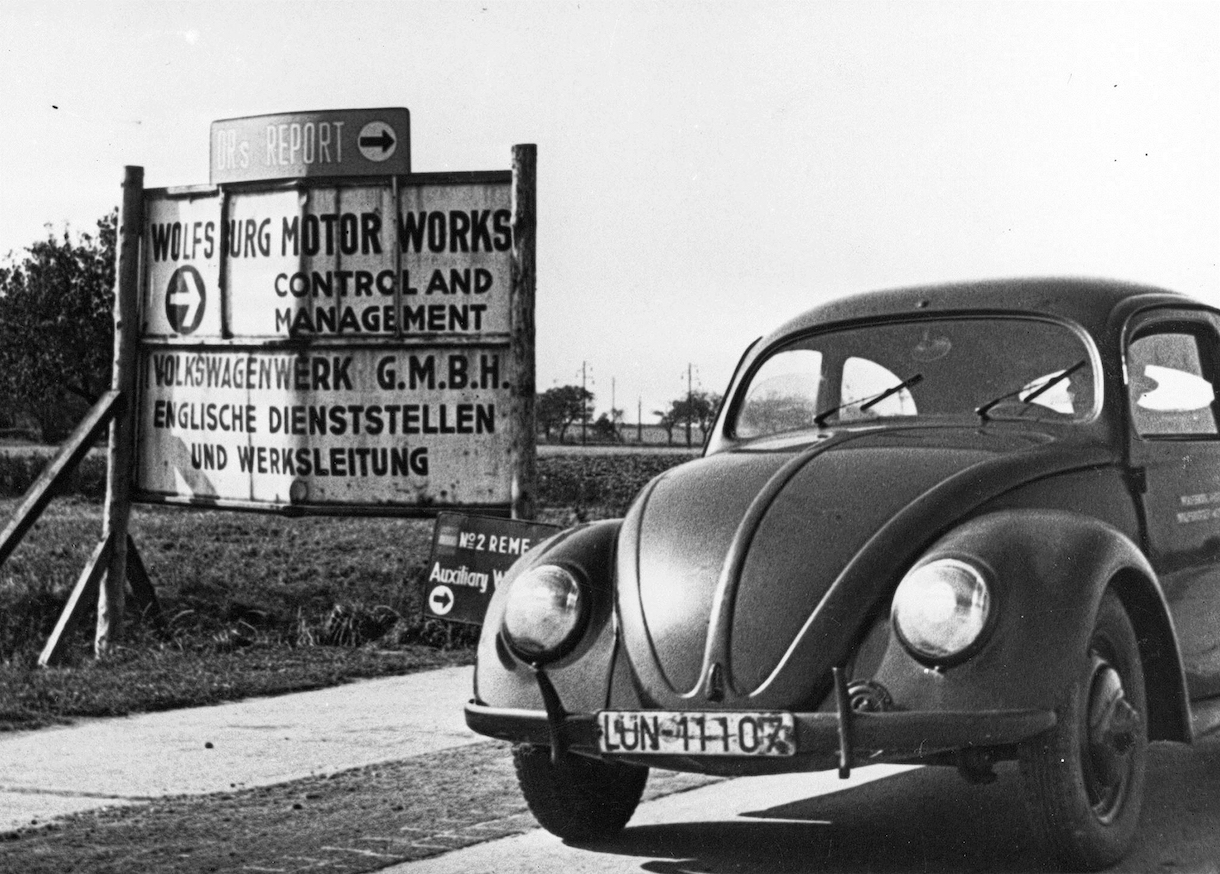 An early Volkswagen Beetle outside the Wolfsburg factory. – AFP pic, January 4, 2016.In the days between December 25, 1945 and January 1, 1946 a little German car with an air-cooled engine at its rear and space for a family of four in front of it, rolled off the production line for the first time.
An early Volkswagen Beetle outside the Wolfsburg factory. – AFP pic, January 4, 2016.In the days between December 25, 1945 and January 1, 1946 a little German car with an air-cooled engine at its rear and space for a family of four in front of it, rolled off the production line for the first time.
The Volkswagen Type 1, better known as The Beetle, went on to be one of the most important, iconic and biggest-selling cars of the 20th century and set the foundations on which its makers built one of the biggest car groups in the world.
However, if it hadn't been for the British military, the Beetle and everything that has followed in its wake may never have been.
At the end of the Second World War, the military facility that had been building the Beetle's forerunner, the ‘KdF-Wagen,' came under British control.
And rather than shut it down, the military, under the leadership of one Senior Resident Officer Major Ivan Hirst, repurposed it for civilian production, undertook an initial order for 20,000 cars and preserved 6,000 jobs in the process.
The idea was that the cars would be used by Allied forces stationed in Germany and to begin with production was small-scale, just 1,000 cars a month.
But spurred on by Hirst's vision and by the lifting of export restrictions plus currency stabilisation, within three years the Beetle was on sale globally.
Dr. Manfred Grieger, Head of the Volkswagen Aktiengesellschaft Corporate History Department, describes Hirst as a "skilful pragmatist" who "gave the factory and the workforce a vision, motivating British military personnel and German workers alike to turn the languishing works into a successful market-driven business," he said.
"He knew the qualities of the Volkswagen Saloon and was able to realise them on the road."
The Beetle ceased production on European shores in 1978 and global production ground to a halt entirely in 2003, by which time over 21 million had been produced.
The car that replaced it, the VW Golf, has been twice as successful in terms of sales – 40 million and counting – since production started in 1974, but such is the love for the old Beetle that VW decided to resurrect it as the "New" Beetle in 1997.
Built on the same platform as the Golf but retaining the original Bug's curves, it is currently in its second iteration.
And although it is proving popular, especially with drivers that put as much focus on individual style as on practicality and reliability, thanks to the fallout from the current Dieselgate scandal (VW has admitted to cheating on emissions tests for some of its diesel engine cars), the latest Beetle could well be the last.
It is one of several niche models that could be axed as a way of cutting costs and stabilising the company's finances for the future. – AFP/Relaxnews, January 4, 2016.

Comments
Please refrain from nicknames or comments of a racist, sexist, personal, vulgar or derogatory nature, or you may risk being blocked from commenting in our website. We encourage commenters to use their real names as their username. As comments are moderated, they may not appear immediately or even on the same day you posted them. We also reserve the right to delete off-topic comments